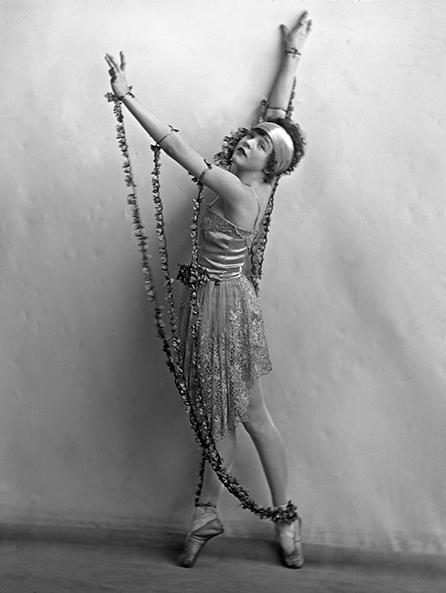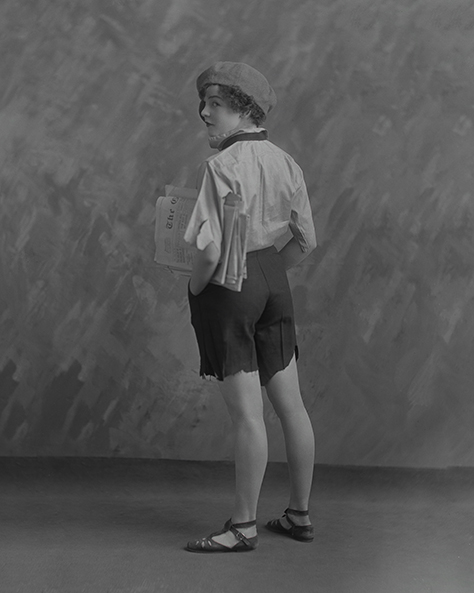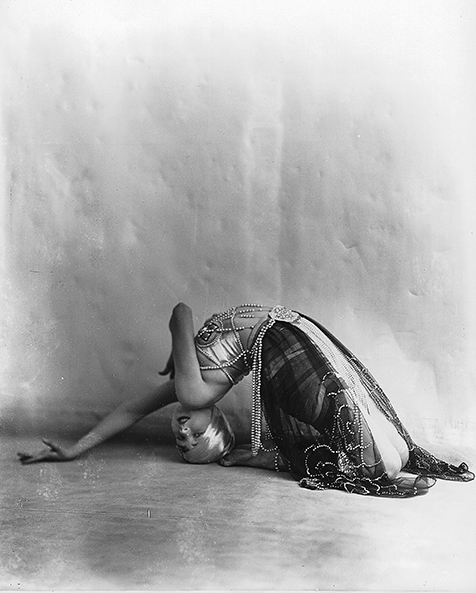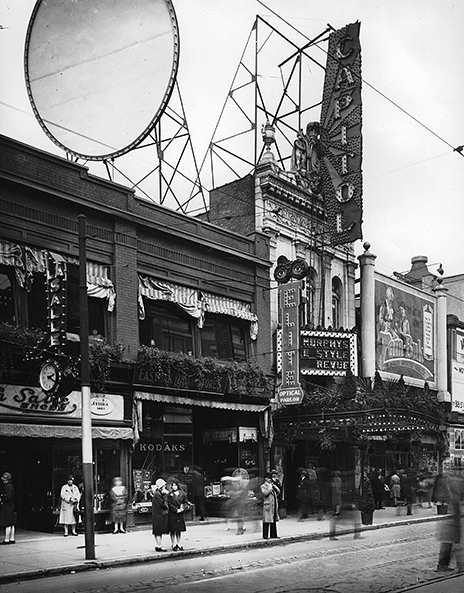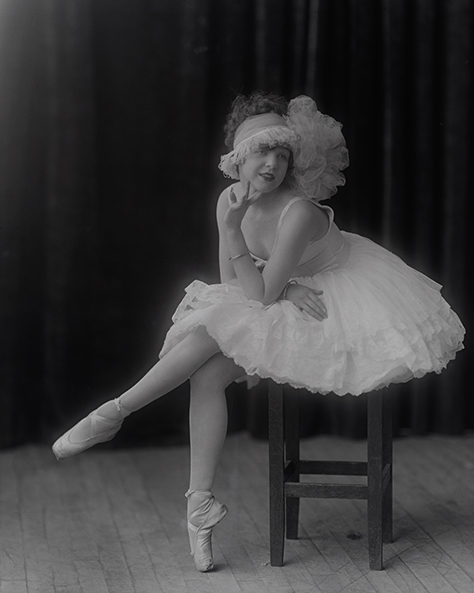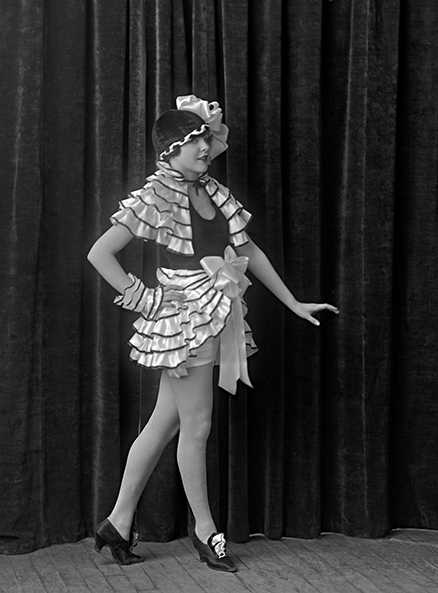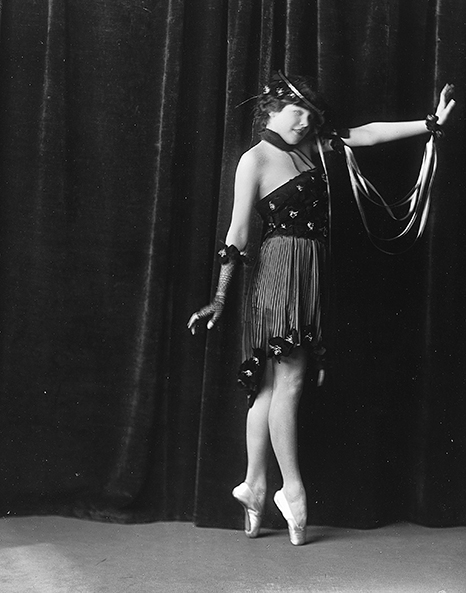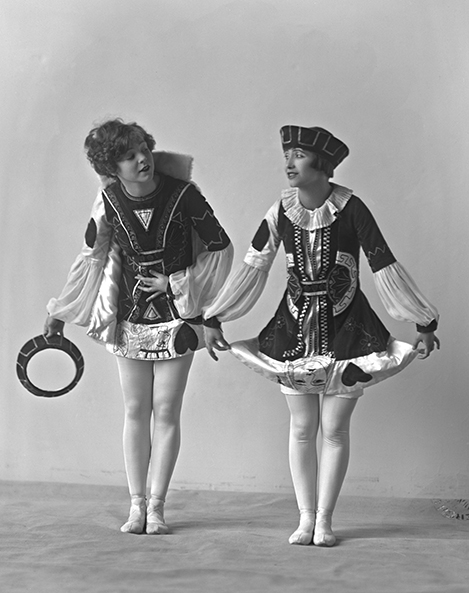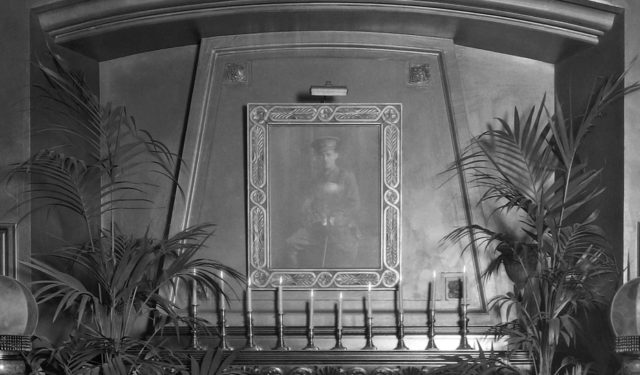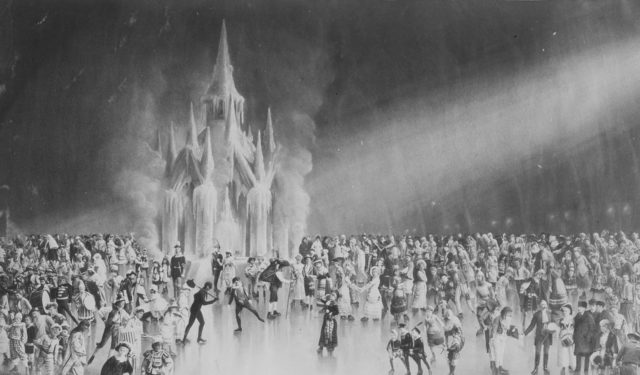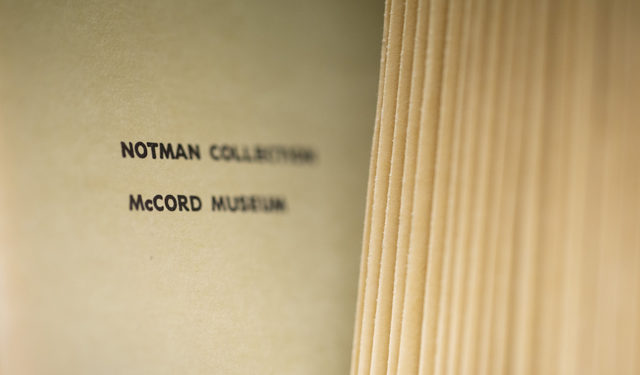The Fascinating Story of Miss Finney
Meet Miss Finney, who shares her enjoyment of dance in a series of portraits taken a century ago in Montreal.
April 24, 2023
Old photographs can raise questions that digitized newspapers can sometimes provide answers for. Occasionally the dramatic twists and turns of their stories are worthy of a Hollywood film!
Portraits taken a century ago at the William Notman & Son studio in Montreal show Miss Finney dancing. In the series of twelve images, taken in April or May 1923, Miss Finney, not quite 16 years old, appears at ease and confident in the varied poses she assumes—on pointe in ballet attire, dressed as a newsboy with hands in pockets, and even kneeling with her body arched backwards, resting on her head.
| Discover all of Miss Finney’s photographs on the Online Collections |
Who was she? Where did she perform? Answers from newspapers of the past provide a fascinating story of a young woman pursuing a busy dance career in Montreal and beyond.
CABARET SHOWS AT THE IMPERIAL THEATRE
In March 1923, not long before her visit to the photographic studio, Miss Genevieve Finney was a featured ballet dancer in cabaret shows presented Friday nights at the Imperial Theatre on Bleury Street. At this time, the Imperial advertised “Vaudeville and Pictures,” meaning that live vaudeville acts, either imported or local, could be included on the same bill as the current feature film.
On Friday, March 16, for example, The Gazette and La Patrie advertised Miss Finney and corps de ballet performing Ballet in the Bacchanal, as well as a jazz band “and other features” on the programme along with a full-length silent film.1 Earlier the same year, Miss Finney had been a regular fixture as the principal dancer at the Capitol Theatre, a large movie palace on St. Catherine Street.
When she posed for this series of portraits, however, Miss Finney was embarking on a new phase in her dancing career. She still performed regularly at the Imperial, and on occasion at the Capitol and other theatres, but both The Montreal Star and La Presse had recently carried advertisements about the opening of her dance studio. Miss Finney planned to offer instruction in “Russian Ballet Dancing” in addition to a course on “pantomime, Moving Picture makeup and poise.”2 She promised graduates that they would be eligible to register for motion picture work in Hollywood, California.
Did Miss Finney come from Hollywood, as her advertisements claimed?
TRUTH OR HOLLYWOOD HYPE?
Miss Finney had, in fact, danced in Hollywood!
The Los Angeles Evening Express carried an article on Miss Finney in January 1922. It explained that Theodore Kosloff, an actor, famed dancer, and owner of the Imperial Russian Ballet studio in L.A., was currently entertaining Thomas M. Finney, a “well known English actor,” who had brought his 14-year-old daughter Genevieve over from London to complete her dancing education. However, the article was not truthful about Mr. Finney’s background. He was not an actor, nor did he arrive from London.
Various other U.S. newspapers picked up the story of the “English Actor” and his daughter. Yet it did not run in the Omaha Daily Bee or any other newspapers of that Nebraska city, where young Genevieve and her parents actually lived, and were often mentioned in the society pages. Her name and photograph had appeared regularly from 1918 onwards when she performed in children’s dance shows.
A DRAMATIC GETAWAY
Genevieve’s father, however, made quite a splash in the Omaha newspapers a few months later in May 1922. Thomas M. Finney, who worked in finance,3 was indicted by a federal grand jury. He and 24 others were charged with “use of the mails to defraud” in connection with the promotion of a securities company, a bank, and a land and timber company that had all failed. The morning after his indictment, three local boys spotted his overturned car a block away from his home, with $25,000 worth of bonds by its side. The boys returned the bonds to Mr. Finney, who left town shortly afterwards. Even a year later, as the trial was set to begin, he remained a fugitive.
SEJOURNING IN WINNIPEG AND MONTREAL
By late August 1922, newspaper articles published in Winnipeg, Manitoba, referred to Miss Finney as a “local girl.” Similar in appearance to film star Mae Murray, she had earlier doubled for her in the pivotal dance scene of the movie Fascination, made by Metro Pictures Corporation. Miss Finney performed the “Fascination” dance for Winnipeg audiences during the week the film was screened at a local theatre. The Winnipeg Tribune described her as a “Winnipeg Girl” who lived with her parents at their home in town.
Not long afterwards, the Finneys moved east to Montreal. Genevieve Finney, now billed as the “dainty little dancer from California,” made her first appearance as “premiere danseuse” at Montreal’s Capitol Theatre on October 15, 1922.4 In December, she went to the Notman studio, for a first series of portraits in dance costumes.
By 1924, a year after the trial and its publicity had blown over, the Finneys moved back to the United States. Leaving their son William to continue studying medicine at McGill, they settled back in Los Angeles. Miss Finney, who turned 17 that August, returned to dancing in films. According to a chatty article in the Omaha Daily News in 1925, she had recently filmed a dance scene with the famed Rudolph Valentino. That same year, she opened her own dance studio on the grounds of her parents’ home in Beverly Hills.
Although her time in Montreal was relatively short, Genevieve Finney certainly made her mark as a dancer while she was here. Her ties with Montrealers continued over the years. In October 1936, The Gazette and The Montreal Star noted that Genevieve Sally Finney “of Hollywood” would be in town to pay a brief visit to the dance school of one of her former pupils.
NOTES
1. The Gazette (Montreal), March 16, 1923, p. 13; La Patrie, March 16, 1923, p. 15.
2. The Montreal Star, March 31, 1923, p. 6; La Presse, April 5, 1923, p. 18.
3. Thomas M. Finney’s profession in the U.S. Federal Census of 1920 was given as “Finance Promoter.”
4. “Burning Sands’ is Capitol Spectacle: New Dancer Appears,” The Montreal Star, October 16, 1922, p. 6.

